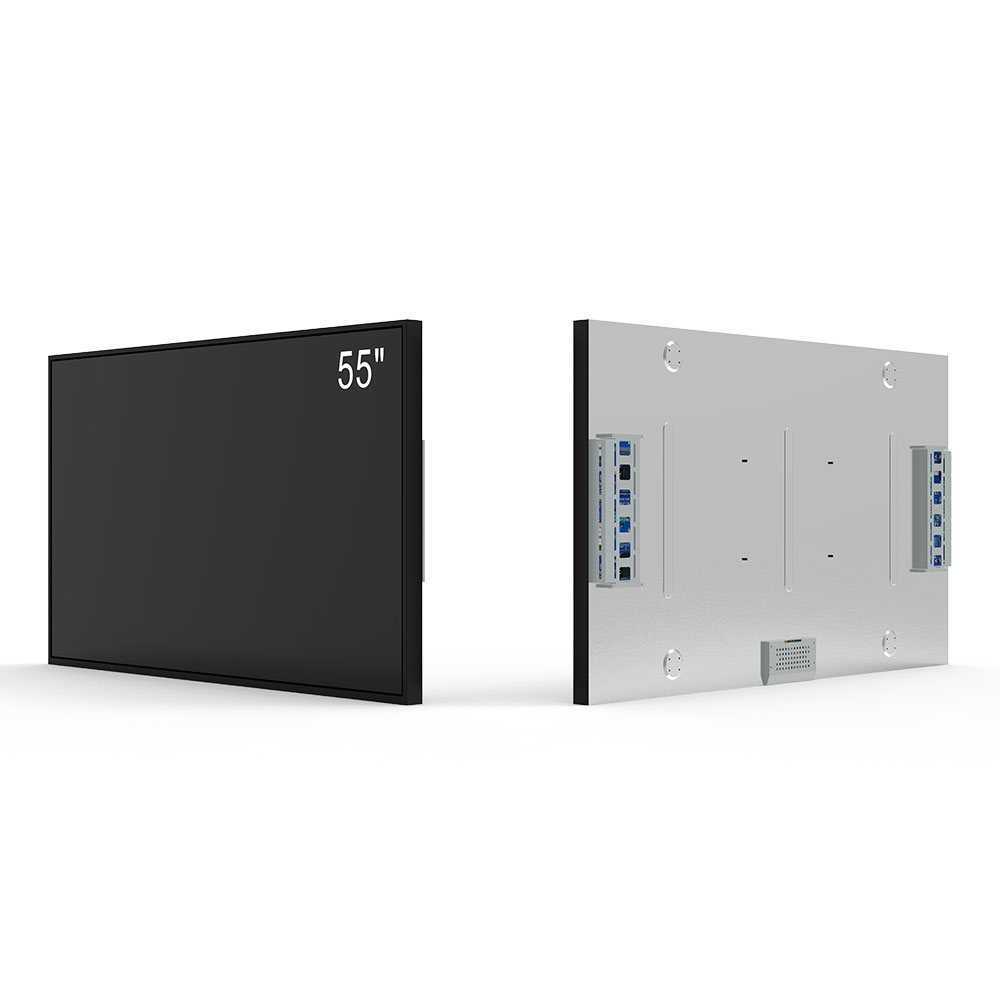- Home
- About Us
- Products
- News
- Video
- Contact
- Send Inquiry
Search
- Home
- About Us
- Products
- News
- Video
- Contact
- Send Inquiry

In today’s rapidly evolving transportation infrastructure, passenger information displays (PIDs) have become essential for enhancing safety, efficiency, and user experience in public transit systems such as airports, train stations, bus terminals, and metro networks. For overseas equipment manufacturers and distributors, selecting the right outdoor high-brightness LCD display is critical—not only for performance under diverse environmental conditions but also for long-term reliability and compliance with international standards.
Outdoor high-brightness LCDs used in PIDs must exceed 5,000 nits of brightness to remain visible in direct sunlight—a requirement validated by studies from the International Commission on Illumination (CIE). According to a 2023 report by Grand View Research, the global market for smart transportation displays is projected to grow at a CAGR of 12.4% through 2030, driven by rising urbanization and demand for real-time travel updates. This growth underscores the need for robust, high-performance displays that meet stringent operational demands.

Key technical specifications for outdoor PIDs include not just brightness but also contrast ratio, viewing angle, durability against temperature extremes (-30°C to +70°C), and IP65 or higher ingress protection ratings. These parameters ensure consistent image clarity in both humid coastal environments and arid desert climates—critical for installations in regions like Dubai, Singapore, or Vancouver. A case study from Siemens Mobility’s deployment at London’s King’s Cross Station demonstrated that using a 7,000-nit LCD with wide-angle IPS technology reduced rider confusion by 40%, improving overall throughput during peak hours.
Manufacturers must also consider energy efficiency, especially for solar-powered or low-power applications common in remote transit hubs. OLED-based outdoor displays, while offering superior contrast, are less ideal for continuous 24/7 operation due to burn-in risks. In contrast, LED-backlit LCDs with local dimming control provide optimal balance between power consumption and longevity—an insight supported by the IEEE Transactions on Consumer Electronics (2022).
From a supply chain perspective, overseas distributors should prioritize suppliers certified under ISO 9001 and IEC 60068-2-14 (for vibration resistance) to guarantee quality consistency across large-scale deployments. Additionally, compatibility with standard protocols such as DVB-T2, HDMI, and RS-485 ensures seamless integration into existing digital signage ecosystems.
Ultimately, choosing the right outdoor high-brightness LCD requires more than just specs—it demands understanding of use-case context, lifecycle cost analysis, and regulatory compliance. By leveraging proven technologies and partnering with experienced vendors, overseas manufacturers and distributors can deliver PIDs that enhance mobility, reduce operational friction, and elevate passenger satisfaction worldwide.